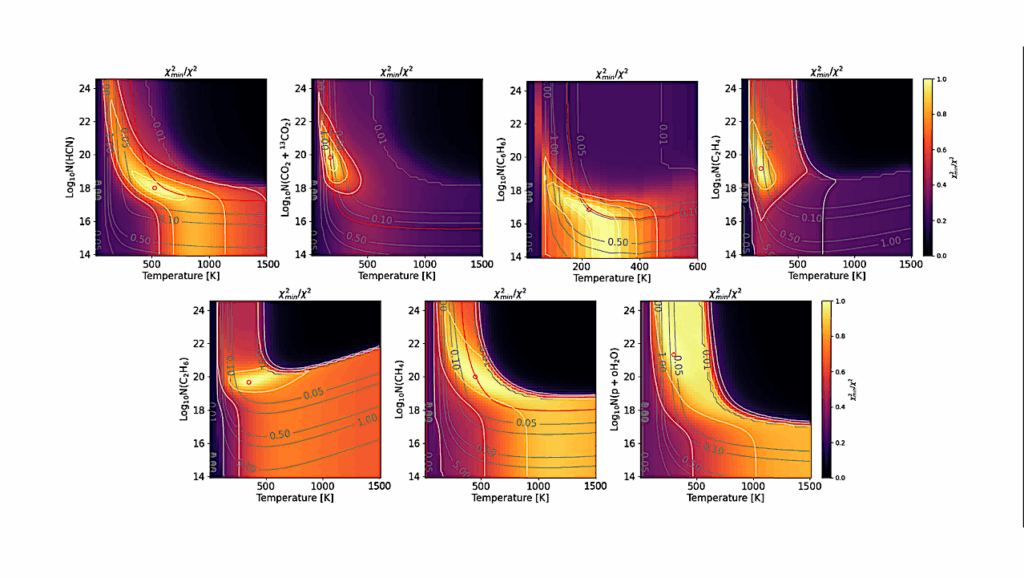Free-floating Planetary Mass Objects In LDN 1495 From Euclid Early Release Observations

Context. Substellar objects, including brown dwarfs and free-floating planetary-mass objects, are a significant product of star formation. Their sensitivity to initial conditions and early dynamical evolution makes them especially valuable for studying both planetary and stellar formation processes.
Aims. We search for brown dwarfs and isolated planetary mass objects in a young star forming region to better constrain their formation mechanisms.
Methods. We take advantage of Euclid unprecedented sensitivity, spatial resolution and wide-field of view to search for brown dwarfs and free-floating planetary mass objects in the LDN 1495 region of the Taurus molecular clouds. We combine the recent Euclid Early Release Observations with older very deep ground-based images obtained over more than 20 yr to derive proper motions and multi-wavelength photometry, and select members based on their morphology and their position in a proper motion diagram and in 9 color-magnitude diagrams.
Results. We identify 15 point sources with proper motions, colors, and luminosity consistent with being members of LDN 1495. Six of these objects were already known M9-L1 members. The remaining nine are newly identified sources that could have spectral types ranging from late-M to early-T with masses potentially as low as 1-2 MJup based on their luminosity and according to evolutionary models.
However, follow-up observations are needed to confirm their nature, spectral type and membership. If extrapolated to theentire Taurus star forming region, this result suggests the potential presence of several dozen free-floating planetary mass objects.
H. Bouy, E. L. Martín, J.-C. Cuillandre, D. Barrado, M. Tamura, E. Bertin, M. Žerjal, S. Points, J. Olivares, N. Huélamo, T. Rodrigues
Comments: accepted for publication in A&A
Subjects: Solar and Stellar Astrophysics (astro-ph.SR); Earth and Planetary Astrophysics (astro-ph.EP); Astrophysics of Galaxies (astro-ph.GA)
Cite as: arXiv:2502.16349 [astro-ph.SR] (or arXiv:2502.16349v1 [astro-ph.SR] for this version)
https://doi.org/10.48550/arXiv.2502.16349
Focus to learn more
Submission history
From: Herve Bouy
[v1] Sat, 22 Feb 2025 20:46:56 UTC (8,843 KB)
https://arxiv.org/abs/2502.16349
Astrobiology,








